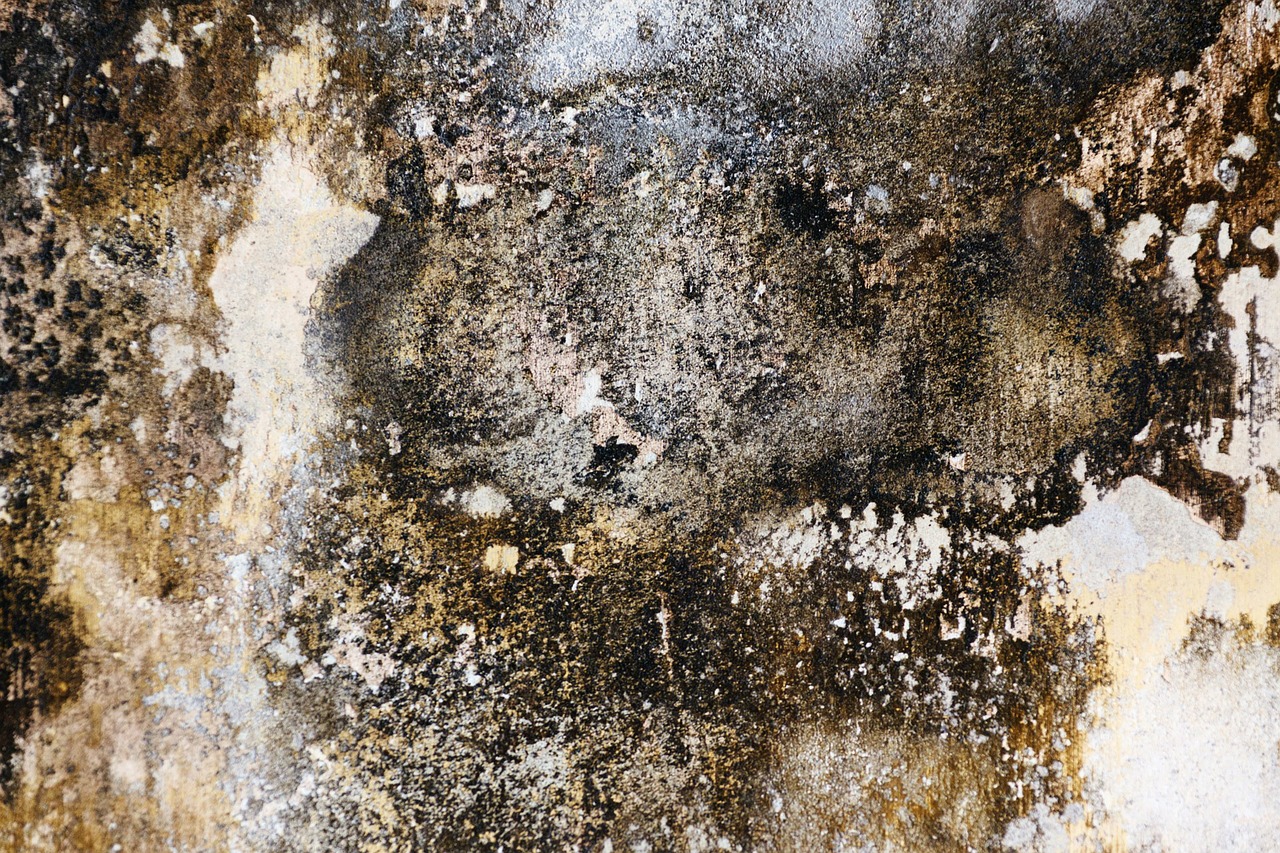How Can Damp Walls Affect Your Health?
Mould can be found in poorly ventilated buildings that have excess moisture. Moisture can be caused by leaks in roofing systems and internal pipework. This can also occur during sever weather conditions such as heavy rain, and snow.
Exposure to these fragments can cause a range of different health problems as you continue to breathe these in. You can experience many different symptoms such as inflamed airways, causing nasal congestion, wheezing, chest tightness, coughing and throat irritation. Prolonged composure can also lead to more chronic health conditions such as asthma.
“According to the World Health Organization (WHO), a considerable proportion of the world’s 300 million cases of childhood asthma is attributable to exposure to indoor dampness and mould.”
Who Is At Risk?
Dampness is more likely to be caused in properties that are overcrowded and lack appropriate heating, ventilation and insulation.
Some people are at a higher risk of being affected by damp. For example, babies and children, elderly people, those who have existing skin conditions such as eczema, also people with weekend immune systems.
How to prevent Damp?
Damp can be prevented by taking certain measures, for example checking loft space after heavy rain or stormy weather. Keeping gutters clear as soon as damage occurs, or you can have gutter guards installed to help keep leaves and debris out. Also keeping brickwork in check just in case there’s crumbling mortar.
Maintaining a constant temperate over a longer period of time inside your property to help avoid sudden changes in temperature can help avoid condensation. Having a well vented property will help any moisture in the air escape, and will help to minimise condensation.


